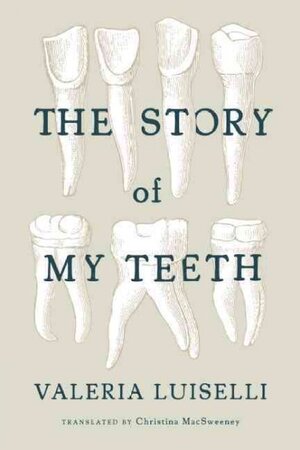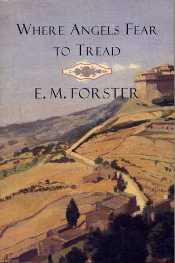I'm the best auctioneer in the world, but no one knows it because I'm a discreet sort of man. My name is Gustavo Sanchez Sanchez, though people call me Highway, I believe with affection. I can imitate Janis Joplin after two rums. I can interpret Chinese fortune cookies. I can stand an egg upright on a table, the way Christopher Columbus did in the famous anecdote. I know how to count to eight in Japanese: ichi, ni, san, shi, go, roku, shichi, hachi. I can float on my back.
This is the story of my teeth, and my treatise on collectibles and the variable value of objects. As any other story, this one begins with the Beginning; and then comes the Middle, and then the End. The rest, as a friend of mine always says, is literature: hyperbolics, parabolics, circulars, allegorics, and elliptics.
Gustavo Sanchez Sanchez--Highway--is in his forties when he discovers his true calling: to be an auctioneer. He's always loved collecting things, from straws to ribbons, and auctioneering allows him to express his attachment to these objects. He describes his method in terms of conic sections, the hyperbolics, etc, etc, described above, which as any mathematician will tell you, are distinguished by their eccentricity, meaning some orbit very closely to their central point while others careen into distant topics. A simpler description of his method might be lying: his first great sales, which he recounts to us, are the sale of his own teeth, which he describes as belonging to famous people from history, from Plato to Virginia Woolf. He sells each tooth by telling a simple story about its owner, and he replaces the teeth he's had removed with a set belonging to Marilyn Monroe he purchased. At the end of the auction he's so overcome with his storytelling that he offers himself up to be bid upon, and is bought by his own estranged son, eager for revenge.
The story of The Story of My Teeth is a unique one: Luiselli was originally commissioned to write a piece of fiction for a catalog of the art collection belonging to Grupo Jemez, a juice company. The gallery and juice factory can both be found in Mexico City's heavily industrialized suburb of Ecatepec, and Luiselli conceived of a project that would bridge the divide between the two. After writing each section, she sent it to the factory to be shared with the workers--in an imitation of the "tobacco readers" that can still be found in Cuban cigar factories--who were recorded discussing it, and their conversations were then incorporated into the text.
This collaborative process resulted in a book that feels fresh and clever, engaged in constant revision and regeneration of itself. But it also grounds the book in the material world which it parodies and critiques. Absurdist narratives like The Story of My Teeth can often feel untethered from the real world, like exercises in self-referentiality that lack any kind of context that makes them readable. Yet for all its absurdity, Luiselli's novel feels like an honest window into the factory life of Ecatapec, where both Highway and his son Siddhartha are employed as guards. The unusual process manages not only to bridge the factory-gallery divide but inscribe, in a way, Luiselli's collaborators onto the page. It's a book that is, as Luiselli describes in the afterword, "not so much about but for the factory workers."
One of the things that The Story of My Teeth understands so well is the way in which both factory and gallery are connected sites of commercial production. The factory makes juice to buy and sell, and the artworks in the gallery, too, are bought and sold; what makes them different from juice? Highway offers an understanding of value, in its capitalist sense and otherwise, that is about storytelling. Having stolen the various artworks from the gallery, he sells them--or perhaps he only imagines he does--by enacting the same strategy as with the teeth, writing brief stories about the famous people who once owned the objects. The differences between these stories and those about the teeth illustrate the difference between "parabolics" and "allegorics," but what struck me most is the way that the line between production and self is blurred: we don't make our teeth in the same way we make an artwork, but what if the difference is reducible to the kind of story we tell about each? How is storytelling at the heart of our possession of ourselves?














